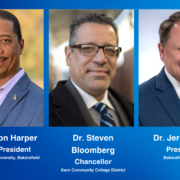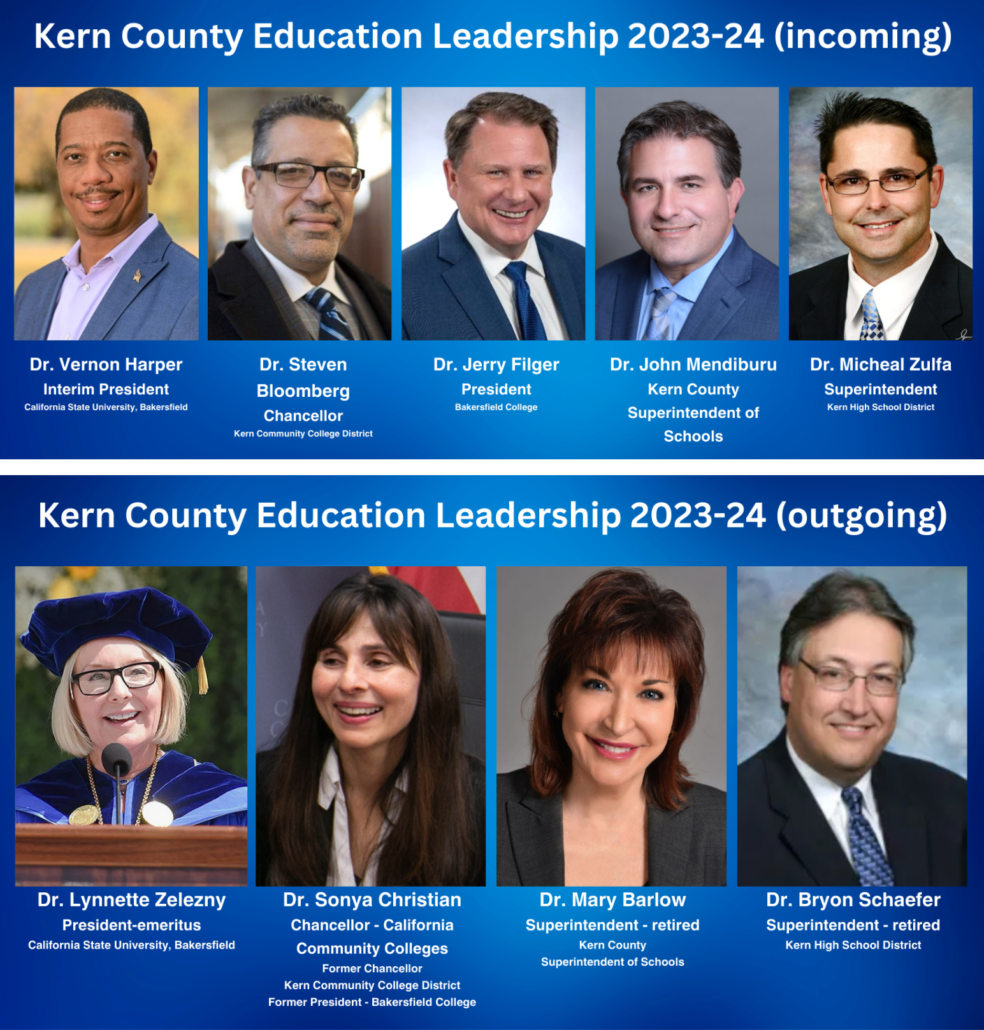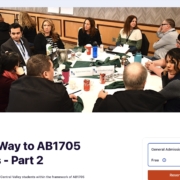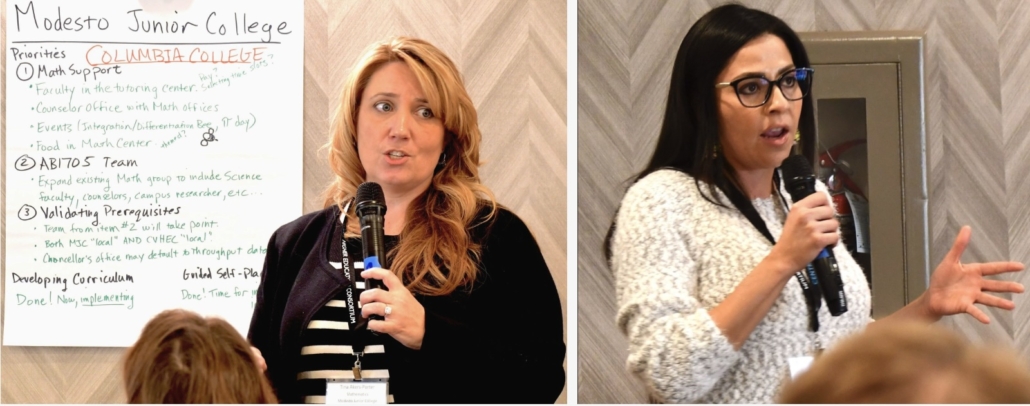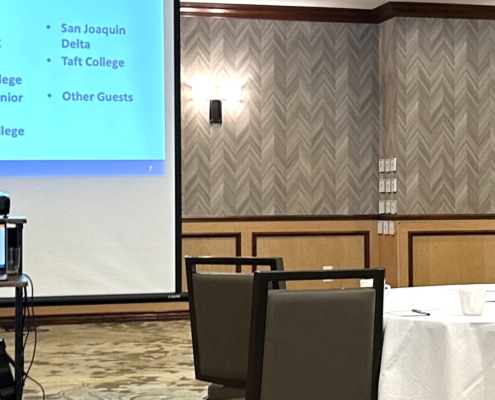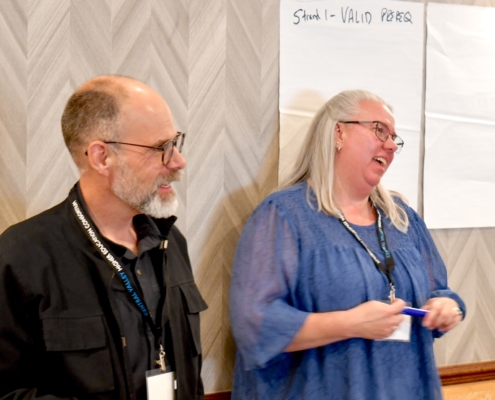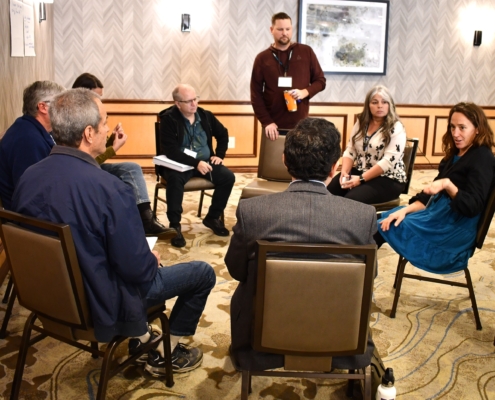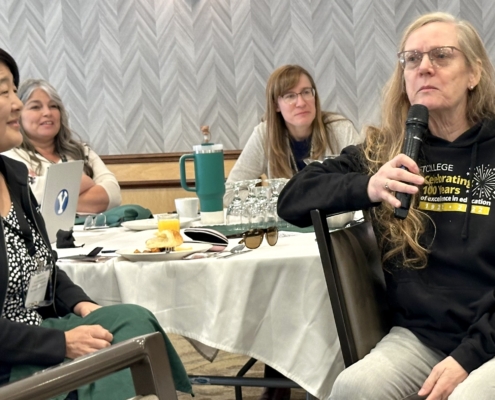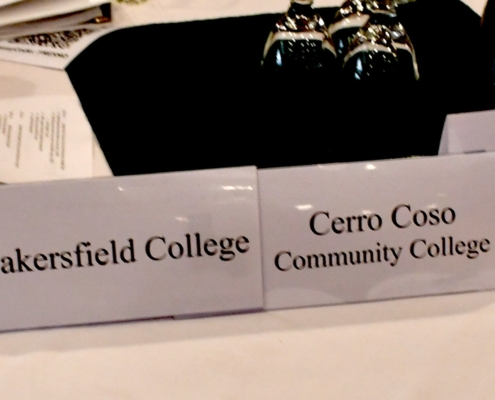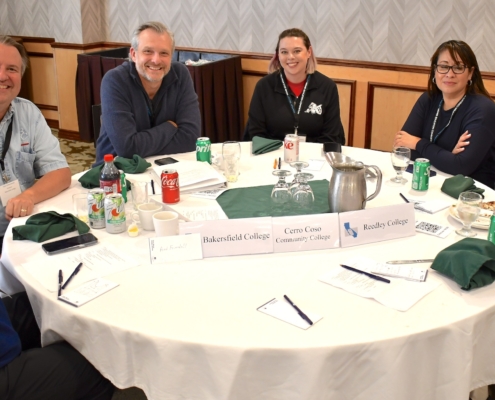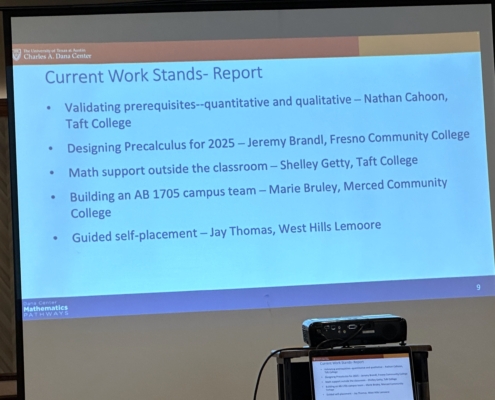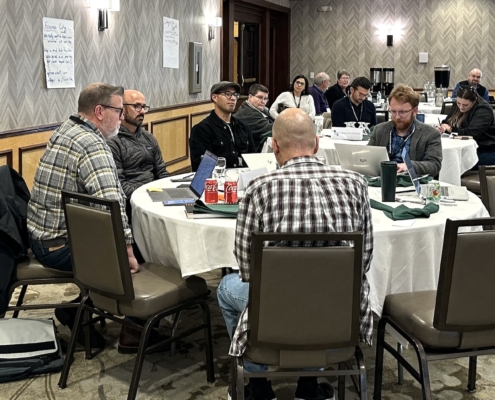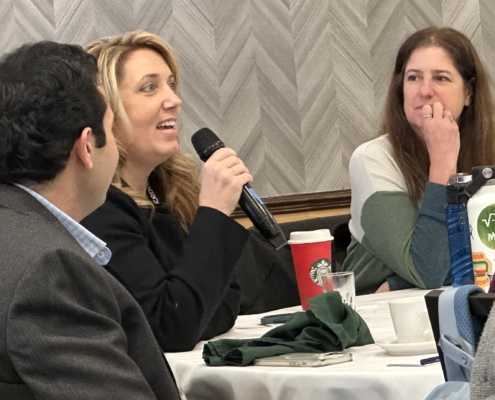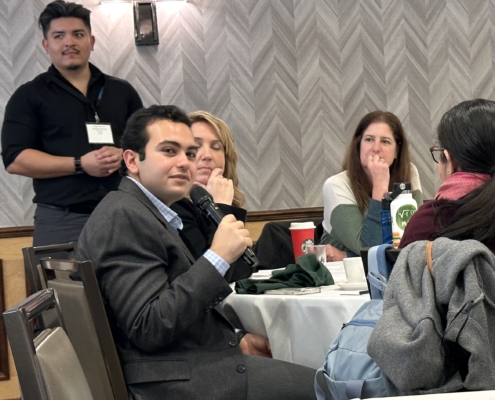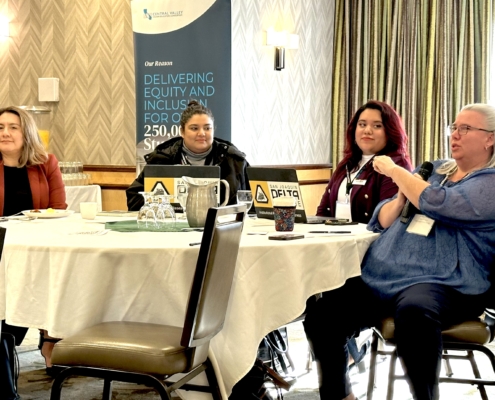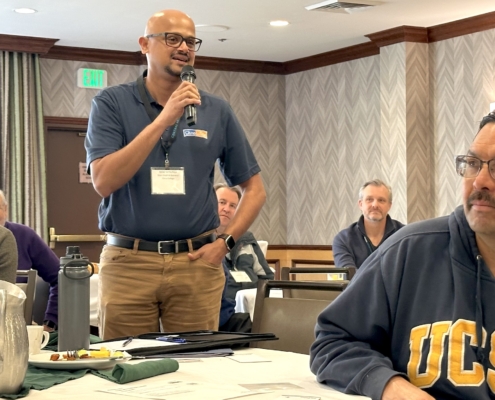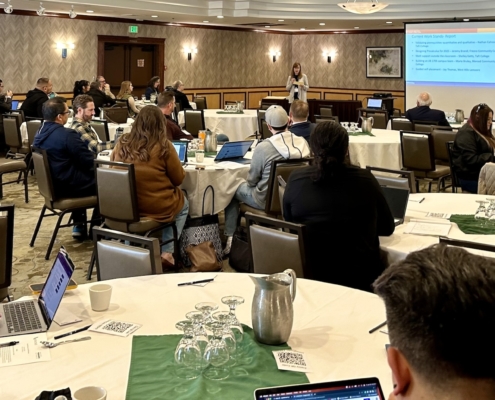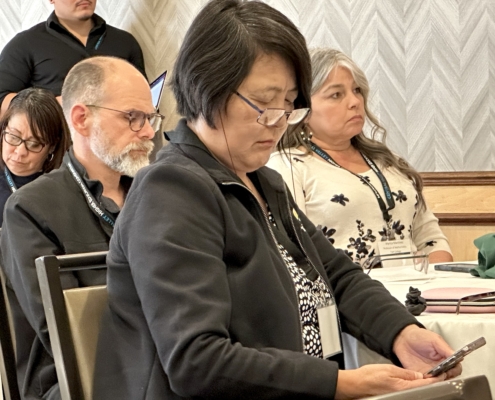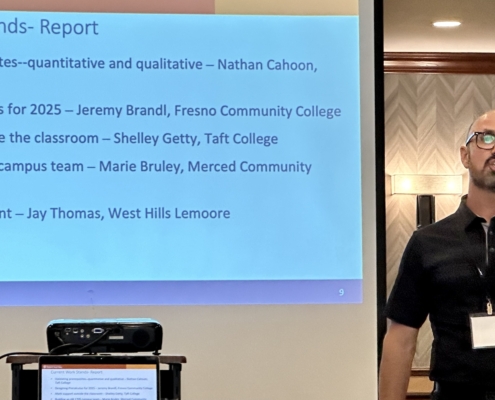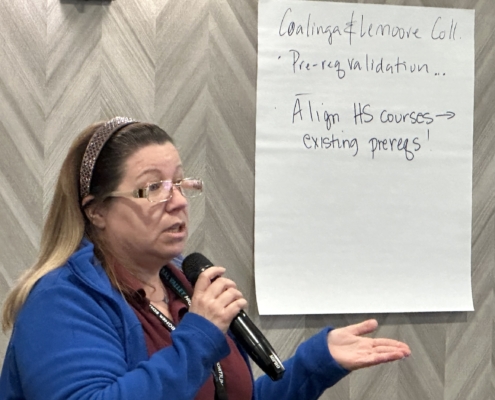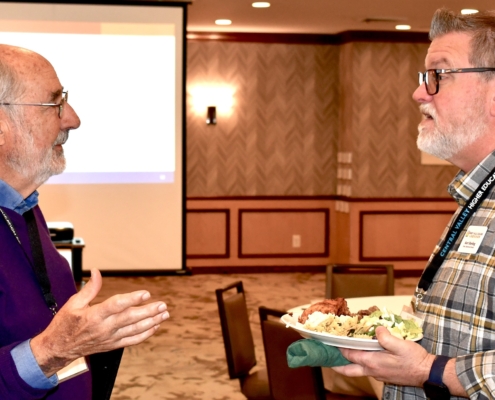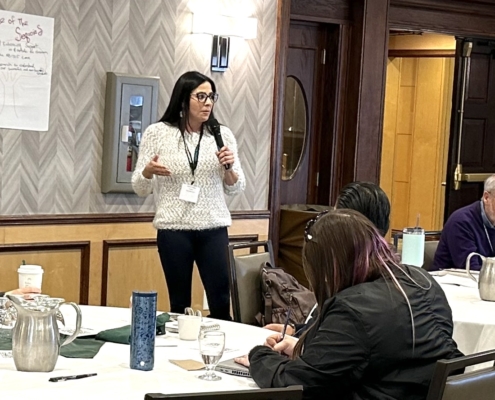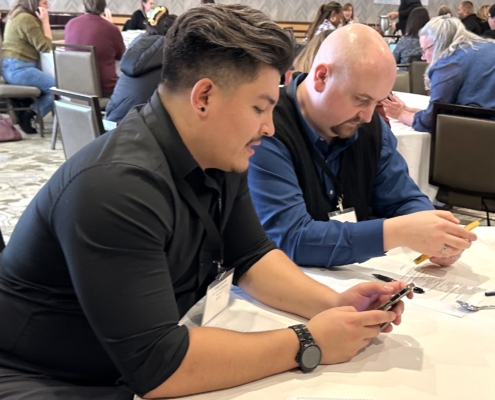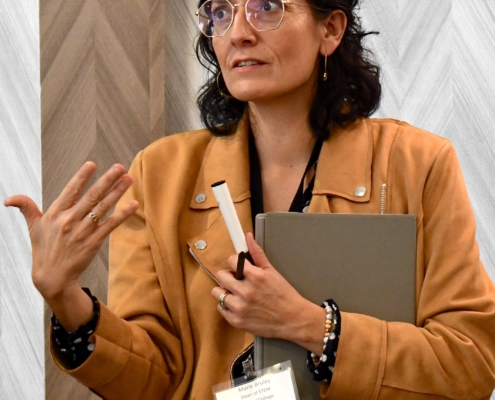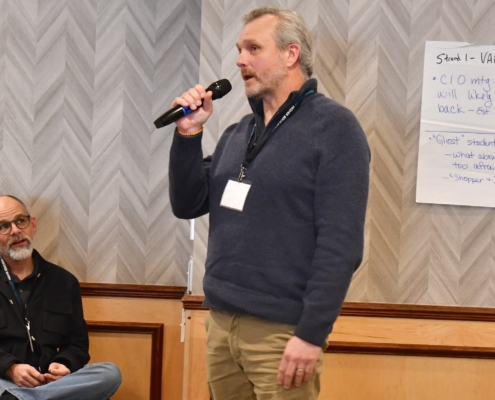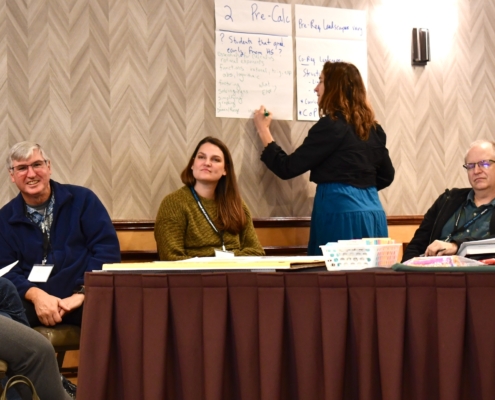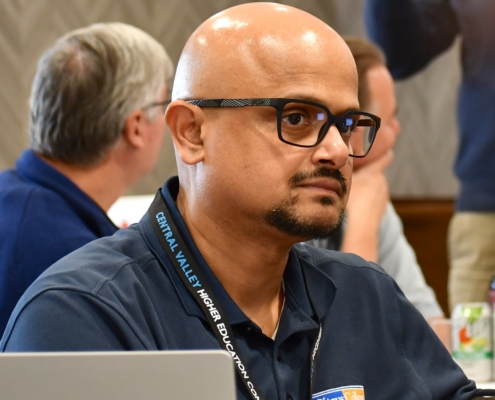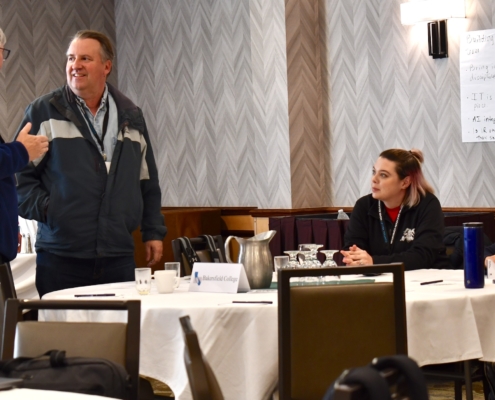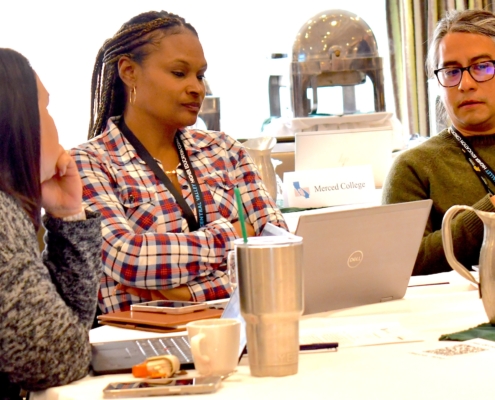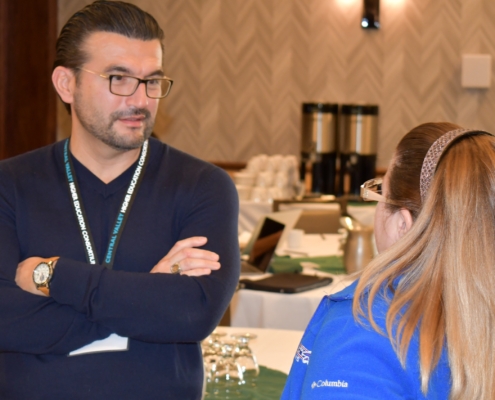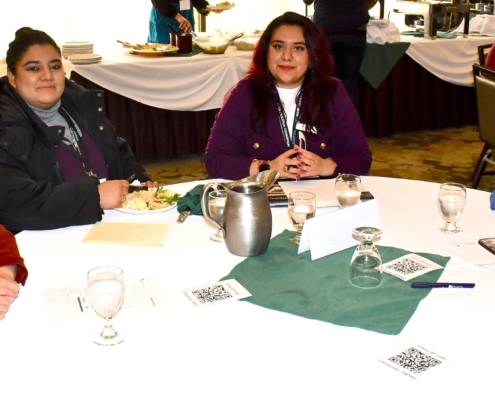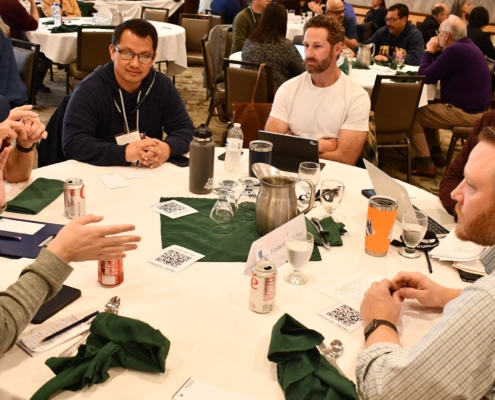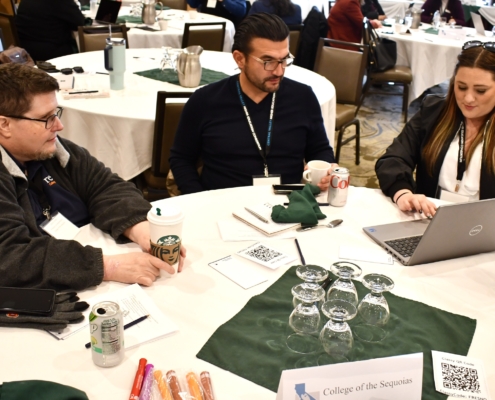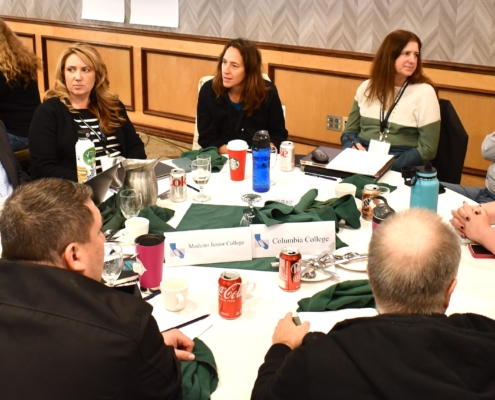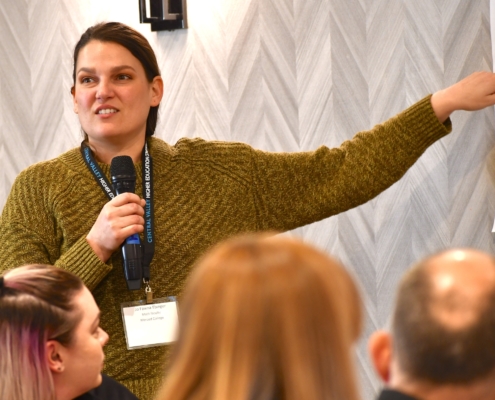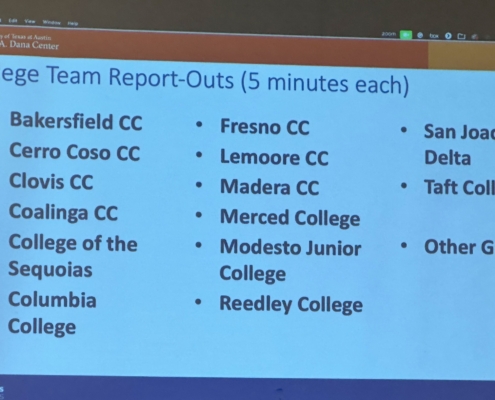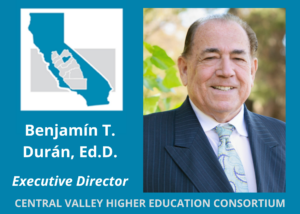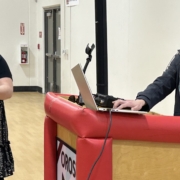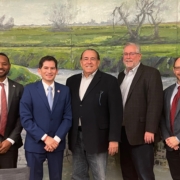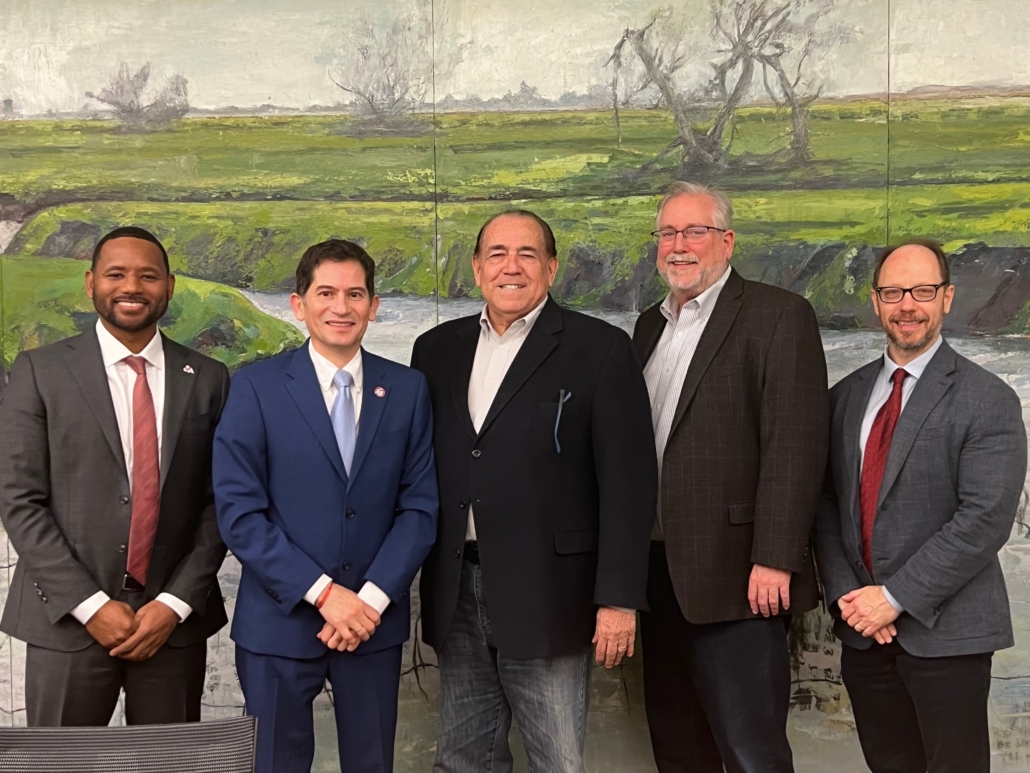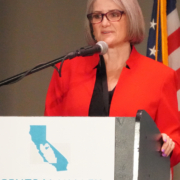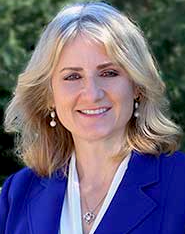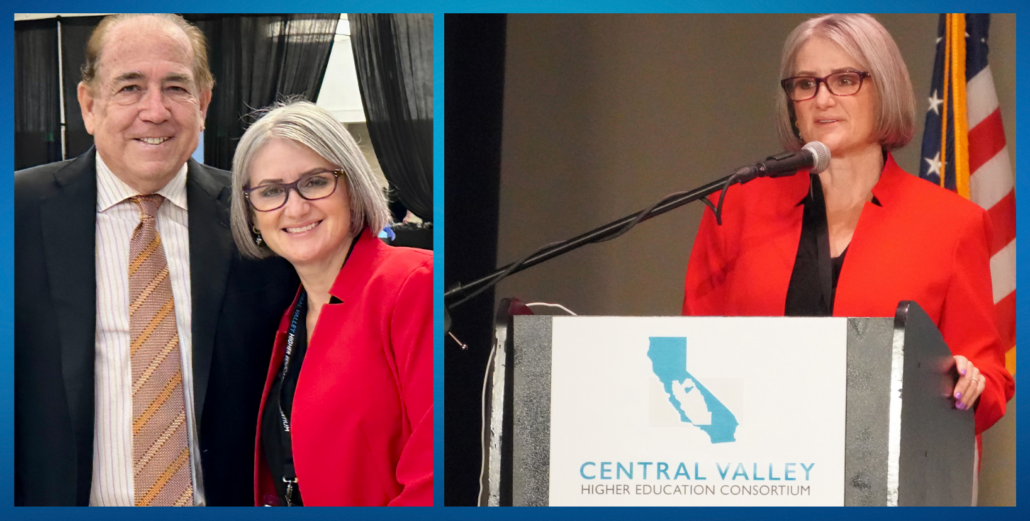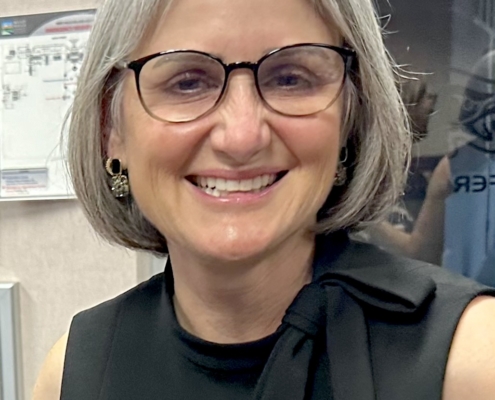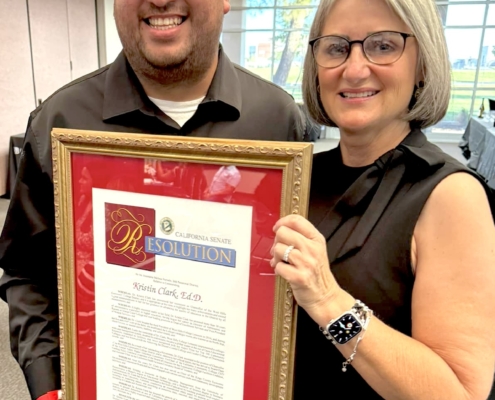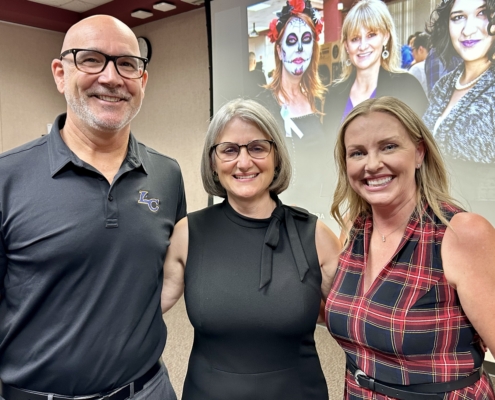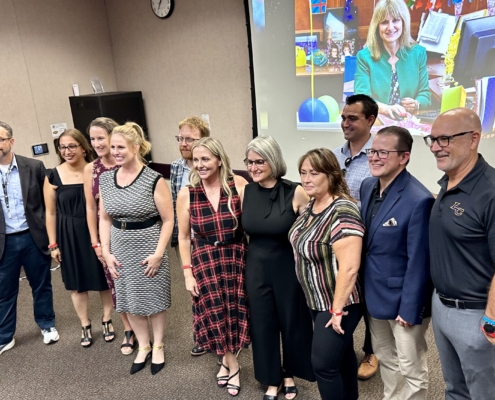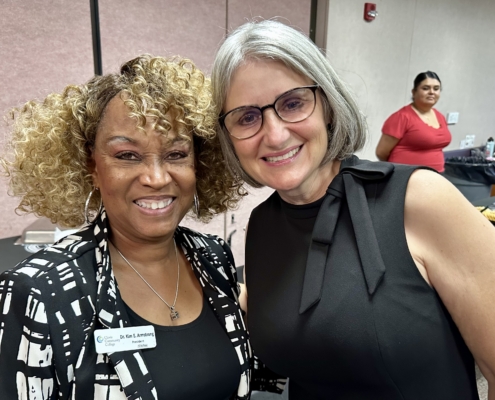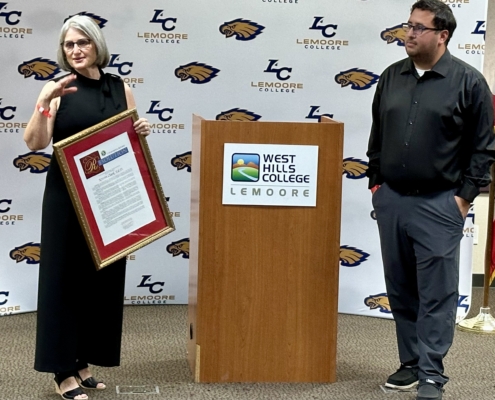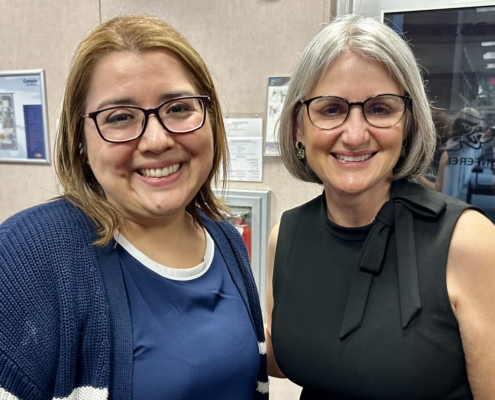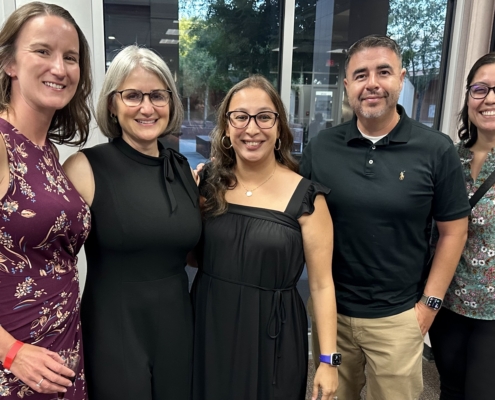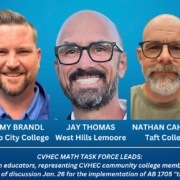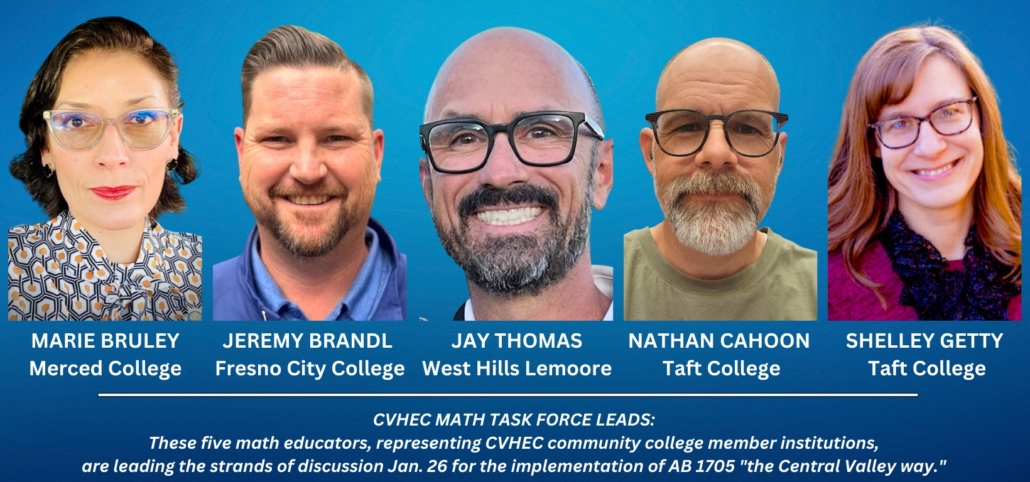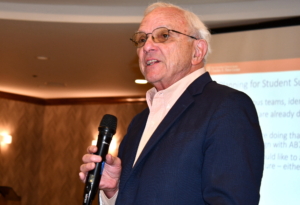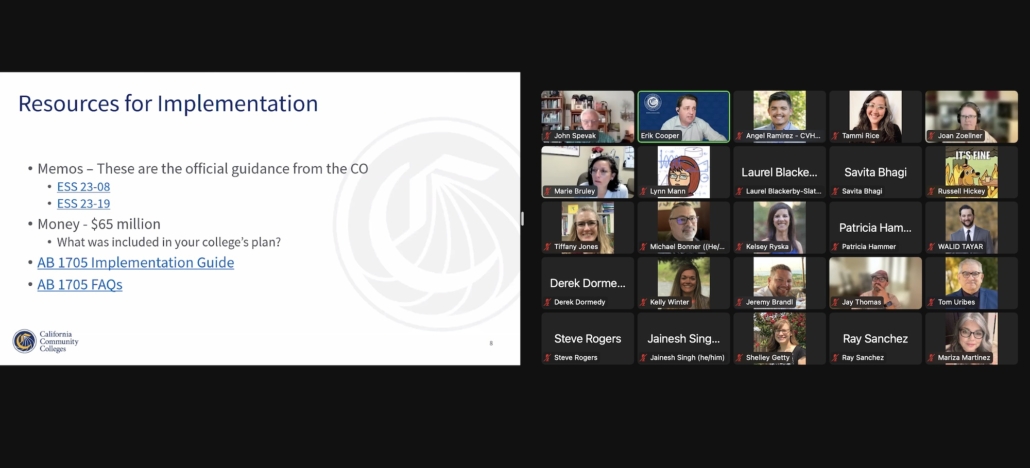WHAT THE CV-HEC IS HAPPENING BLOG (March 2024): Kern education leadership
This month’s “What The CV-HEC Is Happening” Blog takes a unique look at an unprecedented wave of leadership at five major Kern County education institutions: California State University, Bakersfield; Kern Community College District; Bakersfield College; Kern County Superintendent of Schools; and Kern County High School District. This perspective is provided by a Kern education leader who has been in the thick of the South Valley academic scene himself for many years including his own stint as KCCD chancellor and interim, Tom Burke who now is the Master’s Upskilling Lead for the Central Valley Higher Education Consortium. Chancellor-emeritus Burke provides a farewell of sorts to outgoing CVHEC Board of Directors members Dr. Sonya Christian and Dr. Lynnette Zelezny and welcomes new board members Dr. Vernon J. Harper Jr., Dr. Steven Bloomberg and Dr. Jerry Filger. The CVHEC blog features perspectives about the higher education community and issues. Submissions are welcome for consideration: Tom Uribes, cvheccommunications@mail.fresnostate.edu.
Unprecedented educational leadership
changes in Kern County
New leaders at largest Kern County educational institutions within one year
By TOM BURKE
Chancellor-emeritus, Kern Community College District
CVHEC Kern Master’s Upskilling Lead
The winds of change have swept over Kern County’s education leadership scene in the past year providing a unique opportunity to review and count our blessings while we look ahead to exciting growth for our region’s academic scene.
From the Kern County Superintendent of Schools to the presidency of California State University Bakersfield, we have literally seen the proverbial changing-of -the-guard at our five largest educational institutions in less than 300 days.
 Perhaps the most unique situation was in the Kern Community College District where I had the privilege to serve as chancellor from 2017 to 2021 when I retired. At the time, the KCCD Trustees selected then-Bakersfield College President Sonya Christian to step up into its top position. However, so good is Dr. Christian as an educational leader, within two years she was tapped to step even higher when she was named chancellor of the California Community Colleges statewide system prompting KCCD’s second chancellorship search in 22 months.
Perhaps the most unique situation was in the Kern Community College District where I had the privilege to serve as chancellor from 2017 to 2021 when I retired. At the time, the KCCD Trustees selected then-Bakersfield College President Sonya Christian to step up into its top position. However, so good is Dr. Christian as an educational leader, within two years she was tapped to step even higher when she was named chancellor of the California Community Colleges statewide system prompting KCCD’s second chancellorship search in 22 months.
Both of the positions she vacated have now been filled and her successors started this week so we welcome them here: KCCD Chancellor Steven Bloomberg and BC President Jerry Filger.
Both will also serve on the CVHEC Board of Directors that is made up of the chancellors, presidents and campus directors of 28 institutions of higher education in the Central Valley’s nine-county region. They will soon undergo an onboarding orientation by Dr. Benjamín Durán, executive director of the Central Valley Higher Education Consortium, and attend their first quarterly board meeting later this spring.
Here is a summary of the new leadership in Kern County, with a link to their bios, and a brief highlight of the outgoing leaders who all made significant contributions toward advancing education in Kern County:
CALIFORNIA STATE UNIVERSITY, BAKERSFIELD PRESIDENT
Dr. Vernon B. Harper Jr. began serving as interim president when Dr. Lynnette Zelezny retired Dec.31, 2023. Among many accomplishments, President-emeritus Zelezny — the first woman to lead CSUB — will be known for allowing the co-location of a Bakersfield College Outreach center on the CSUB campus fostering a smoother transition for transfer students and leading her campus to be the first CSU to partner with CVHEC’s Central Valley Transfer Project and its Program Pathway Mapper software that has now been adopted by the statewide California Community Colleges system.
KERN COMMUNITY COLLEGE DISTRICT CHANCELLOR
Dr. Steven Bloomberg began his term as KCCD chancellor March 1 after Dr. Sonya Christian became state chancellor for the California Community College System June 1, 2023. Dr. Christian is to be lauded for implementing early college and rural initiatives throughout Kern County as well as spearheading the development of the Program Pathway Mapper software used in the CVHEC Transfer Project.
BAKERSFIELD COLLEGE PRESIDENT
Dr. Jerry Filger reported to service as BC’s 11th president March 11 replacing Steve Watkins and Dr. Zav Dadabhoy who both ably served as interims after Dr. Christian was named KCCD chancellor and later CCC system chancellor.
KERN COUNTY SUPERINTENDENT OF SCHOOLS SUPERINTENDENT
Dr. John Mendiburu began his term as the new KCSOS Superintendent July 1, 2023 replacing Dr. Mary Barlow who retired June 30 after making significant contributions to the local education scene through such measures as the Kern Education Pledge and K-16 Higher Education Collaborative Grant Program that includes CVHEC’s Kern Master’s Upskilling Project.
KERN HIGH SCHOOL DISTRICT SUPERINTENDENT
Dr. Michael Zulfa began his term as KHSD superintendent when Dr. Bryon Schaefer retired on Feb. 1. Superintendent-emeritus Schaefer worked hand-in-hand with KCCD to expand dual enrollment programs throughout the Kern High School District.
Now it might seem a bit unsettling to see this much change in the leadership of an education sector over the course of a single year. However, several of these Kern institutions had deep benches providing a roster of new leaders to choose from immediately.
In fact, I can speak directly to the KCCD case in which the former chancellor — yes, that would be me – was available to step in and help provide a smooth seamless transition to the new leadership for KCCD. I was able to finally step back into retirement when Chancellor Bloomberg began his term this month (although not quite full retirement as I resume my regional coordinator position with the CVHEC here in the South Valley where I will have the opportunity to continue working with this new generation of Kern education leaders).
Speaking of these new leaders, I know each will provide significant continuity for their respective institutions and associated programs. Without question, they now have huge “shoes to fill.” I am confident that they, like their predecessors, are up to the task and will advance their respective institutions to greater educational accomplishments.
I believe one of the key strengths of education in Kern is that all of the institutions Pre-K thru 16 understand that to be successful in providing outstanding educational opportunities and success we all have to work together and communicate with each other regularly. The Kern Pledge is an outstanding model that provides the united platform needed to help Kern educational entities achieve educational excellence for their respective students throughout Kern County.
Kern is blessed to have had the talented and dedicated leadership who have moved on in the past 12 months but we are moreso blessed to have these fantastic new educational leaders stepping up. I encourage you to meet them and support their exciting visions for each level of education.
See:
Dr. Sonya Christian Named Eleventh Permanent Chancellor of the California Community Colleges
‘Honor of my career:’ President Zelezny announces retirement
Mary Barlow is a schools chief who ‘gets it’
Kern High School District Superintendent Dr. Bryon Schaefer Bids Farewell
Chancellor Emeritus Tom Burke December 16, 2021

